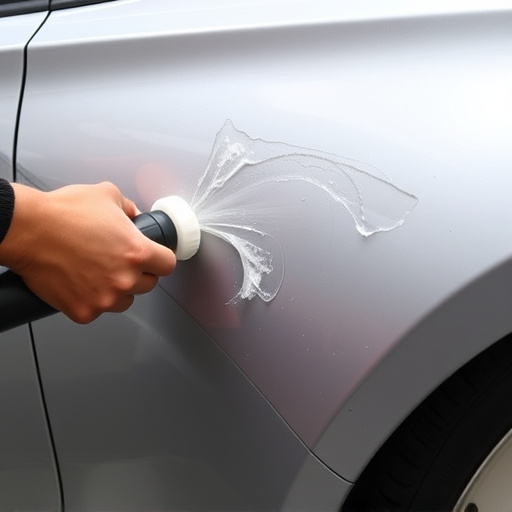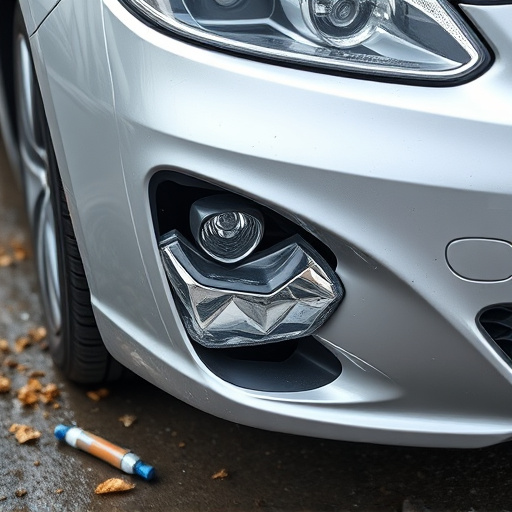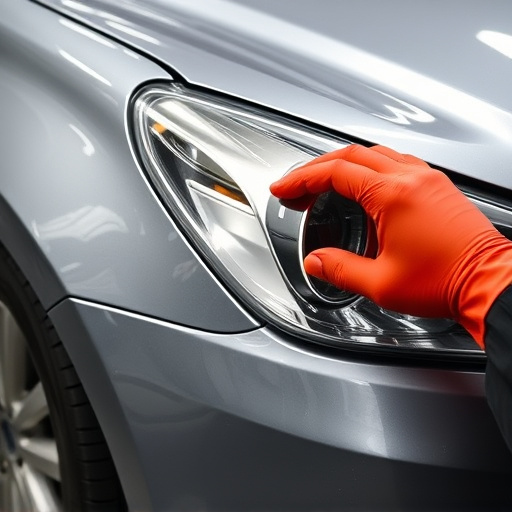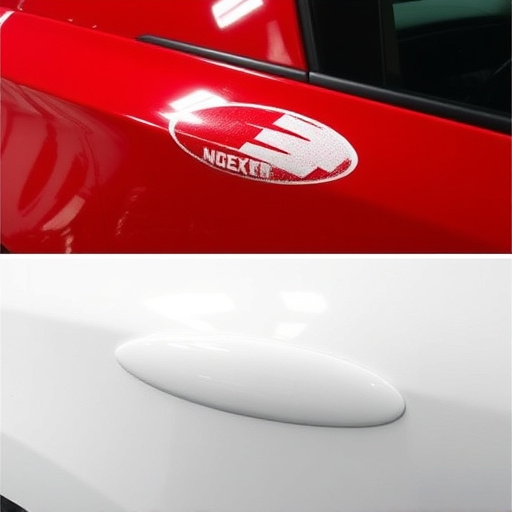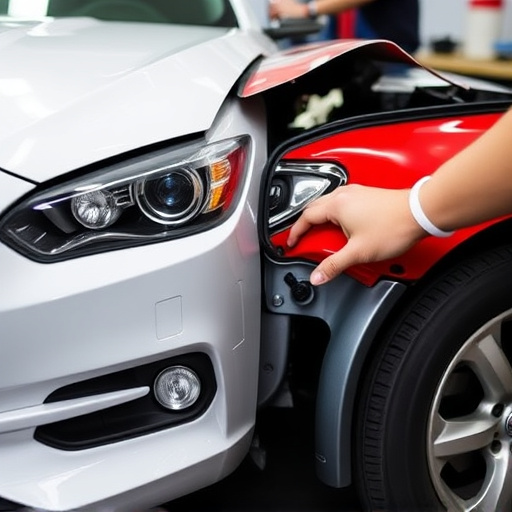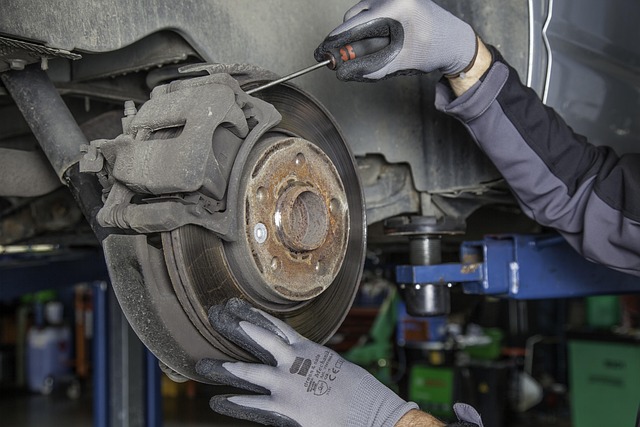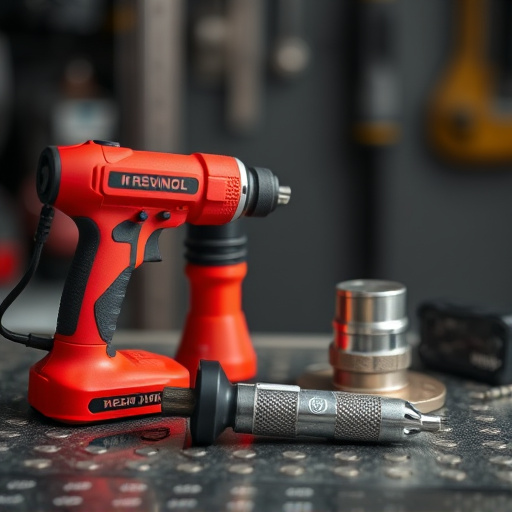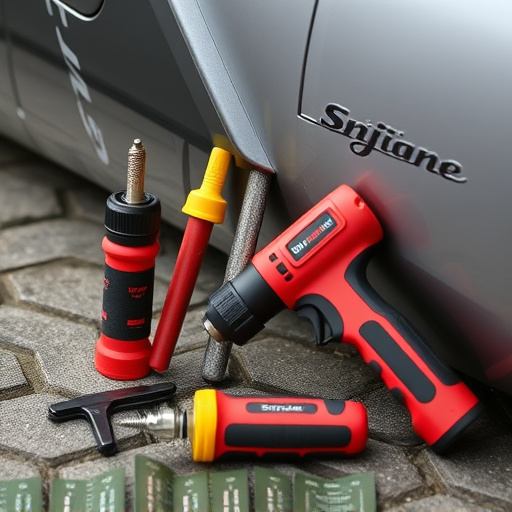Structural integrity restoration is a meticulous process by skilled technicians using advanced tools to repair and reinforce vehicle frames, panels, and components after damage from accidents, natural disasters, or wear and tear. This critical procedure ensures safety, preserves property value, and maintains the overall health and appeal of vehicles over time. Fleet repair services leverage CAD software and robotic welding systems for accurate, safety-enhancing, and longevity-extending restoration.
In today’s world, understanding structural integrity restoration is crucial for ensuring safety and maximizing property value. This comprehensive guide delves into the fundamentals of this essential process, shedding light on its significance and practical applications. From defining what structural integrity restoration entails to exploring common causes of damage and effective repair techniques, we equip readers with knowledge to navigate this vital field. By the end, you’ll grasp why prioritizing structural integrity is key to safeguarding your assets.
- What is Structural Integrity Restoration?
- Why is it Essential for Safety and Property Value?
- Common Causes of Structural Damage and Repair Techniques
What is Structural Integrity Restoration?
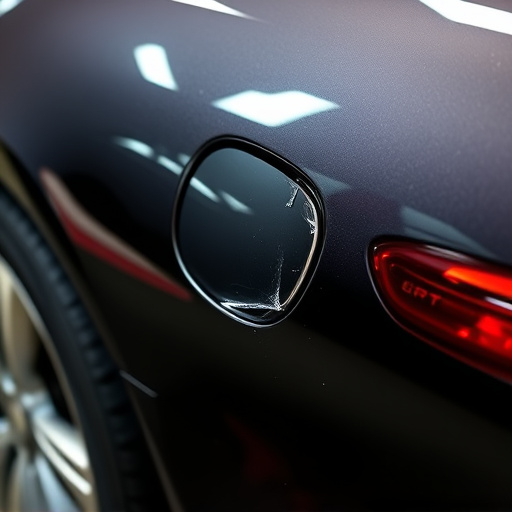
Structural Integrity Restoration is a critical process that focuses on repairing and reinforcing the structural components of damaged vehicles. It involves meticulous techniques to ensure the car’s frame, panels, and other essential parts are restored to their original integrity and safety standards. This meticulous procedure is often required after accidents or incidents where a vehicle has sustained significant structural damage.
The primary goal is to bring the vehicle back to its pre-incident condition, ensuring it meets industry-standard safety regulations. Skilled technicians utilize advanced tools and methods to reassemble and reinforce the car body, including specialized equipment for straightening frames and repairing or replacing damaged panels. This meticulous attention to detail is vital, especially in cases where a collision center or body shop service provides these restoration treatments, guaranteeing not only cosmetic improvements but also enhanced structural stability and longevity of the vehicle.
Why is it Essential for Safety and Property Value?
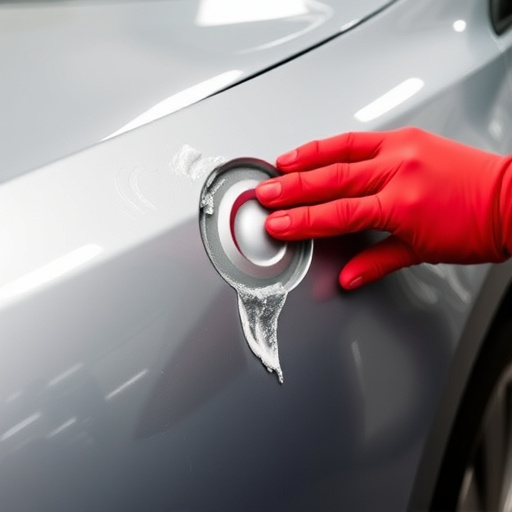
Structural integrity restoration is essential for maintaining safety and preserving property value. When a structure suffers damage, whether from natural disasters, accidents, or wear and tear, it’s crucial to assess and repair the underlying components to ensure stability and strength. Neglecting these repairs can lead to severe consequences, including structural collapse, which poses significant risks to occupants and nearby properties.
Restoring structural integrity is also a key factor in protecting investment. In real estate terms, a home or building with sound structural integrity commands higher market value. Conversely, poor structural condition can decrease property value, making it harder for owners to sell at a desirable price. Just as regular car repair services keep vehicles running smoothly, prompt structural integrity restoration ensures that buildings remain safe and valuable assets over the long term. Even minor repairs, such as fixing scratches on surfaces, contribute to the overall health and appeal of a structure.
Common Causes of Structural Damage and Repair Techniques
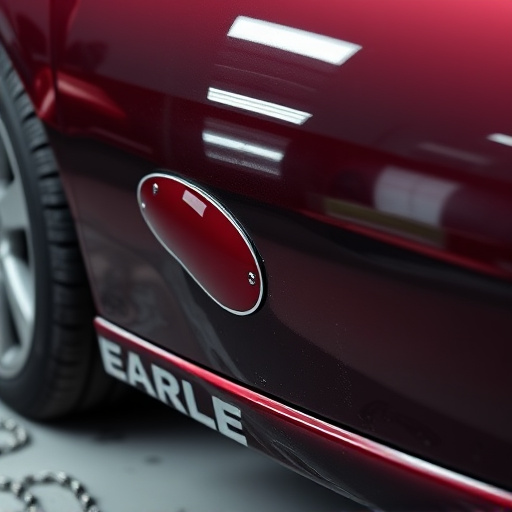
Structural damage to vehicles is a common occurrence, arising from various factors such as accidents, natural disasters, or gradual wear and tear. Understanding the causes is key to effective structural integrity restoration. One of the primary reasons for structural damage is impact-related incidents, including collisions and rollovers, which can deform or dislocate vehicle components. These events often result in bent frames, crushed body panels, and misaligned wheels, all requiring precise repairs to maintain the vehicle’s overall strength and stability.
Repair techniques in structural integrity restoration vary depending on the extent of damage. For minor issues like dents or small cracks, methods such as panel beating and spot welding are employed to reshape and reinforce affected areas. More severe cases might necessitate frame straightening, a process that utilizes specialized equipment to return the vehicle’s frame to its original specifications, ensuring proper alignment and structural integrity. Fleet repair services often leverage advanced technologies, including computer-aided design (CAD) software and robotic welding systems, to deliver accurate repairs, enhancing safety and extending the life of vehicles through effective structural integrity restoration.
Structural integrity restoration is not just about fixing buildings; it’s an investment in safety, stability, and property value. By understanding the causes of structural damage and employing appropriate repair techniques, homeowners and professionals can ensure the longevity and resilience of their structures. Embracing these principles is key to navigating the ever-changing landscape of construction and maintenance, making it a vital aspect of today’s building ecosystem.

